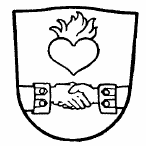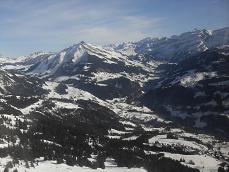|
Who?
The Tardent family is indeed fortunate that earlier generations were literate and engaged in the activity of recording family history long before it became widely popular among the middle classes.
Although at one time a rumour circulated claiming an association with the ruling establishment of recent European history, in fact this was not the case. We do not appear in any Who's Who. Our ancestors did not choose to engage in domination by means of a feudal system. By all accounts, Tardent participation in any such folly was very reluctant, and creating a pyramid of power was as repugnant a concept to our Tardent ancestors, as indeed it was to most people.
That is not to say that Tardents did not contribute to the culture of the middle ages. They did, as did all people who survived those difficult times of military establishment and feudal rule, historical legacy of an epoch of conquest, as evinced by empire of ancient Rome, largely dominating earlier established orders of trade and agriculture.
The Tardents, while skilled protagonists if forced to fight, engaged primarily in agriculture, forestry and academic pursuits - farming, building, viticulture and teaching being the occupations of record during the sojourn in the Ormonts Valley.
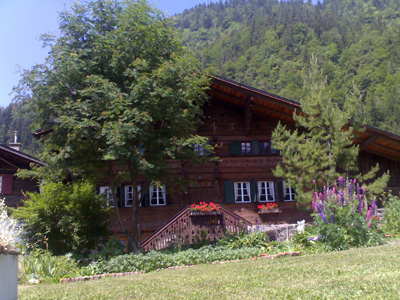
Figure 1: Old Tardent chalet Le Sepey
Heritage
Wherever we came from in the first place, we Tardents have often been told that our heritage is proudly independent and freedom-loving, with no particular delusion of being born to rule over other human beings, or indeed to have any particular desire to tell other people what to do. We did not take part in any of the activities of feudal and post-feudal conquest that would make us 'nobility' , and proud of it.
In addition, we also don't seem to have had any particular ability to hold tightly onto land and money. Sixteenth and seventeenth century Tardents held large properties all over Ormonts-Dessous, according to the land registers, however by the 20th century, ownership had passed on out of the hands, at least from the patriararchal family name!
On the other hand, there is clearly a tendency to risk-taking and survival in our genetic pre-disposition. Tardents have traditionally undertaken the challenge of finding new territory, in the first place migrating to the Ormonts Valley, and subsequently to Belgium, France, Russia, the US and Australia in search of greater social and economic opportunity.
As well as producing the average stock of people, there is ample evidence of exceptional men and women, who have been characterised by uncommon valour, fortitude, particularly in maintenance and defense of homeland . Many Tardent men and women, have been academics, teachers and writers, as well as landholders and even soldiers when the occasion demanded.
Last but not least, we also have a reputation as raconteurs, and bon vivants, fond of the table and it's pleasures, and good conversation! Surely this is goodly human virtue!
David and subsequently Henry's history, not forgetting the contribution of Louis of Paris.
In 1866, the communal building in Le Sepey burned to the ground, taking with it most of the Parish registers since 1578. Fortunately, David Tardent (1737 – 1827), schoolmaster of Vevey, had, in 1815, transcribed records of interest to the Tardent family. His grandson, Louis Vincent Samuel Tardent, (1787 – 1836) founder of the Swiss colony at Chabag, Bessarabia, took the records with him when he emigrated in 1822. Henry Alexis Tardent (1873 – 1929) found them, when he visited the colony in 1872. The manuscript of his work, “Historic and Biographical notes on the Tardent family” is deposited in the Vaudoise cantonal archives in Lausanne. This history, compiled from information supplied by the Russian and Belgian branches of the family, voluminous correspondence, old land divisions, was completed in 1887, the year Henry and his family emigrated to Australia.
The English translation of Henry's History was compiled as part of a family history publication compiled by Ros Stephensen and Jules Tardent, Australia, in the 1970s. This translation contains various annotations and explanations, of varying relevance.
Louis Tardent of Paris contributed significantly to Hentry's account.
Tardent family links:
Pictures of Tardents around the ancestral lands
Facebook Group "I'm a Tardent and proud of it"
Photos from the past around Cergnat/Le Sépey
General links of interest:
The commune of Ormonts-Dessous official website and the history page of the site.
For an absolutely authentic view of the Ormonts Valley, you cannot miss Claude Mottier's wonderful naturalist photography His nature films are even more spectacular.
Swiss genealogy site linking patronym search by commune
Eric Morard - photos of the Ormonts Valley
Le Sépey information in wikipedia
|
|
Tardent Genealogy
In addition to David and Henry's efforts, the fact that we have a fairly family genealogy is due mainly to the researches and labour in the 1970s of two Swiss Tardents, Helene Tardent-Masset, of Lausanne, Switzerland, and Michel Tardent. of Langenthal Switzerland.
In addition, Australian Tardents, Jules Tardent and Ros Stephensen, supplied Australian branch information and annotations, and published a compendium of accounts, narratives and extensive photographs, and personal anecdotes of experiences in the new country. Published in Queensland in 1982, National Library of Australia card number and ISBN 0 959 7390 2 5.
Sophie Dogny-Tardent, Henri Samuel Tardent-Bara, and Vladimir Tardent-Maximenko, descendents of the Swiss Chabag colonists in Russia, who returned to Switzerland after the second world war, contributed to the research.
Yvonne le Jeune D'Allegeersheque supplied research into the Belgian branch of the family.
The connection was kept alive, from the generation born in the mid 1800s, until today.
The original of the Tardent Genealogy was deposited in the archives of Canton Vaud in Lausanne, Switzerland.
It is a remarkable compilation, and owes its substance to the efforts of a number of Tardents' thorough and excellent research.
Here is a scanned copy of the genealogy. The opening pages are the French introduction, followed by the genealogy translated into English and annotated during the 1970s during the production of the Australian family history.
The original genealogy entitled "Inventaire Genealogique des Tardent" was published in Lausanne, and deposited at the Archives Cantonales Vaudoises in Lausanne in June 1972.
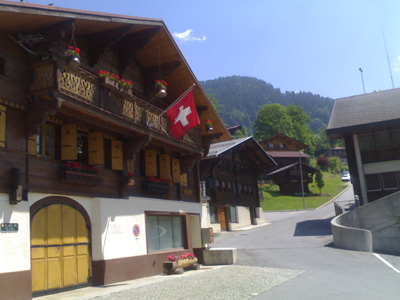
Figure 2: Le Sepey
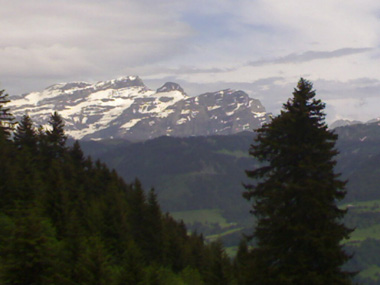
Figure 3: Les Diablerets
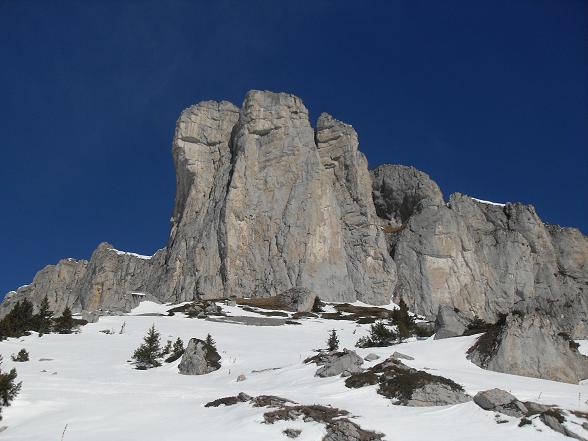
Figure 4: Tour D'Ai in winter
Publications about the Ormonts Valley
Etude Historique sur la Vallee des Ormonts - Eugene Corthesy. 1902.
*
Les Ormonts - Guide. Histoire de la Vallee - Eugene Pichard
La Vallée des Ormonts. Les Diablerets. La perle des vallées vaudoises. Motreux, Impr. et Lith., 1926.
Historical societies and compilations from the Valley
La Vallée des Ormonts - Ormont-Dessus - Ormont Dessous
Paul Anex - Marie-Claude Busset-Henchoz -Henri-Louis Guignard - Edgar Pittex Denyse Raymond - Philippe Schoeneich
Published by Henri-Louis Guignard Lutry, 1994
Ormonts Valley museum, Les Diablerets
This is an historical legal document, dated the 19th March 1722, discovered in an old chalet in Le Sépey , an ancient village in the Commune of Ormont-Dessous. Unique, because the families who are in this document, are all still around. Abram Tardent was in the role of notary, lieutenant civil (magistrate).
|
